Researchers gear up for Artemis and a new generation of lunar exploration, with a look at samples from the final crewed mission to the Moon.
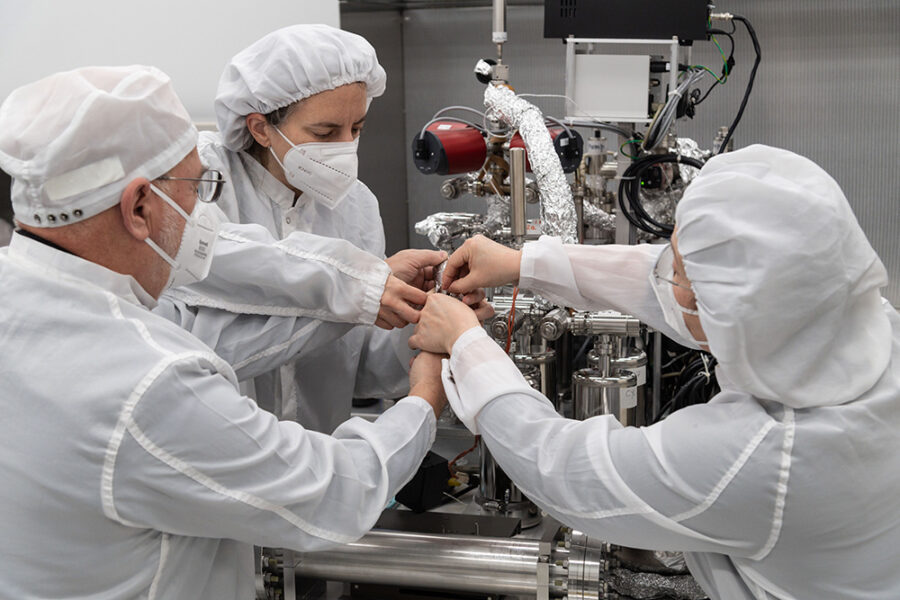
James Blair / NASA / JSC
Legacy samples from the Apollo days are helping NASA researchers prepare for a return to the lunar surface this decade.
Researchers presenting at the 53rd Lunar and Planetary Science Conference showed initial results from the Apollo Next Generation Sample Analysis (ANGSA) project currently underway at NASA’s Johnson Spaceflight Center. Started in 2019 under both NASA and the European Space Agency, the project is looking at lunar samples stored in vacuum-sealed containers since Apollo 17, the final Apollo mission to the Moon that took place 50 years ago.
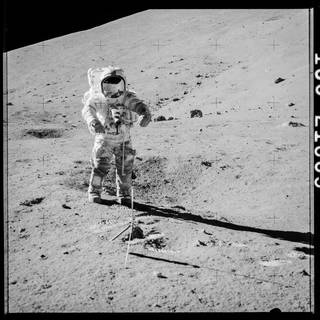
NASA
Apollo 17 crew of Eugene Cernan and Harrison "Jack" Schmitt departed the Taurus-Littrow region of the Moon aboard the Challenger module on December 14, 1972, with 115 kilograms (254 pounds) of lunar material. Many of these have helped scientists learn about the Earth-Moon system over the years, but a small amount of samples were put aside for future use, under the assumption that more sophisticated analysis techniques would arise in decades to come. (A portion of the samples that NASA's OSIRIS-REx will return from asteroid 101955 Bennu next year are ear-marked for the same sort of preservation.)
“The agency knew science and technology would evolve and allow scientists to study the material in new ways to address new questions in the future,” says Lori Glaze (NASA HQ-Planetary Science Division) in a recent press release. “The ANGSA initiative was designed to examine these specifically stored and sealed samples.”
The new project is specifically tailored to serve as a dress-rehearsal for a new sample return mission for the Artemis initiative, including the processing of material, examination, and analysis with modern techniques. NASA will then apply lessons learned from the ANGSA project to the study of new samples from the lunar surface.
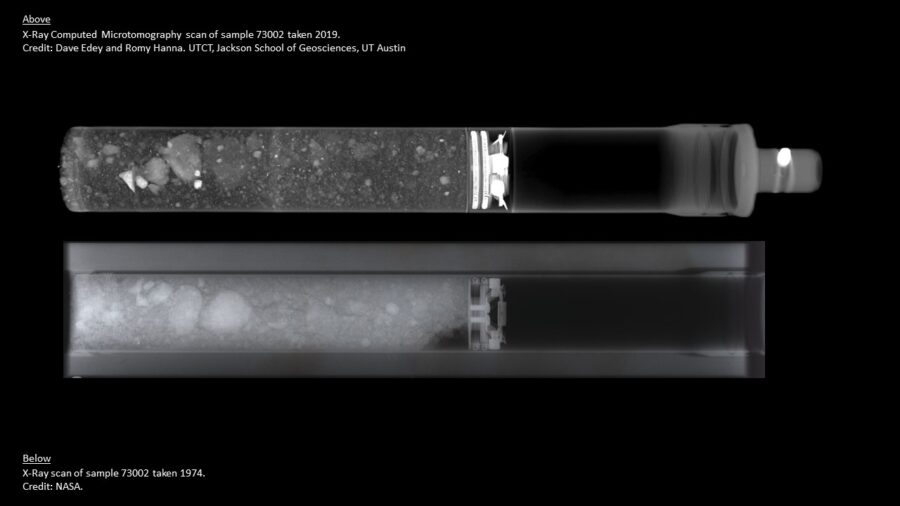
NASA / ARES
The sample tube, identified as 73001, contains a core about 18.5 centimeters (7.3-inches) long. Inside is a portion of light material collected from the Taurus-Littrow valley near two craters. This so-called "Light Mantle" material is thought to be part of a landslide from the South Massif region.
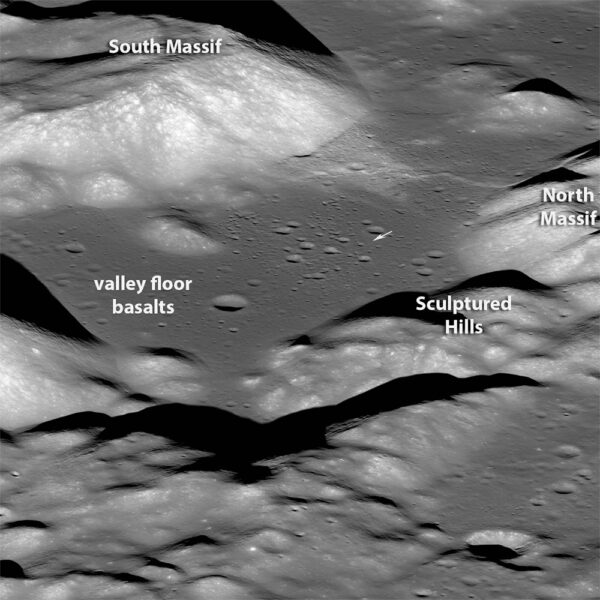
NASA / GSFC / Arizona State University
Early analysis showed that the material in the core becomes progressively darker and redder near the top, which corresponds to an expected increase in space weathering towards the surface. The higher levels of iron oxide at the top of the core probably comes from impact ejecta from nearby craters.
The techniques used demonstrated the value of external spectroscopy prior to dissection of the core, valuable for future sample analysis.
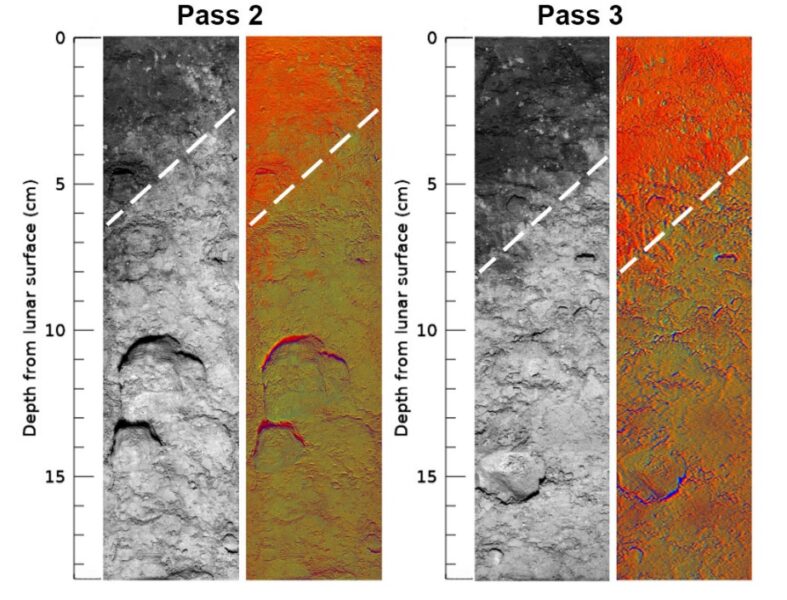
NASA / ARES
The scientists also tested various dissection techniques, revealing consistent proportions of the minerals pyroxene, olivine and ilmenite across the samples tested. However, a mineral called plagioclase increases at depth, suggesting a decrease in volcanic rocks and an increase in rocks typical of the Moon's crust.
The careful analysis continues: Next, the team will carefully remove rocks and soil from the sample for further study over the coming months.
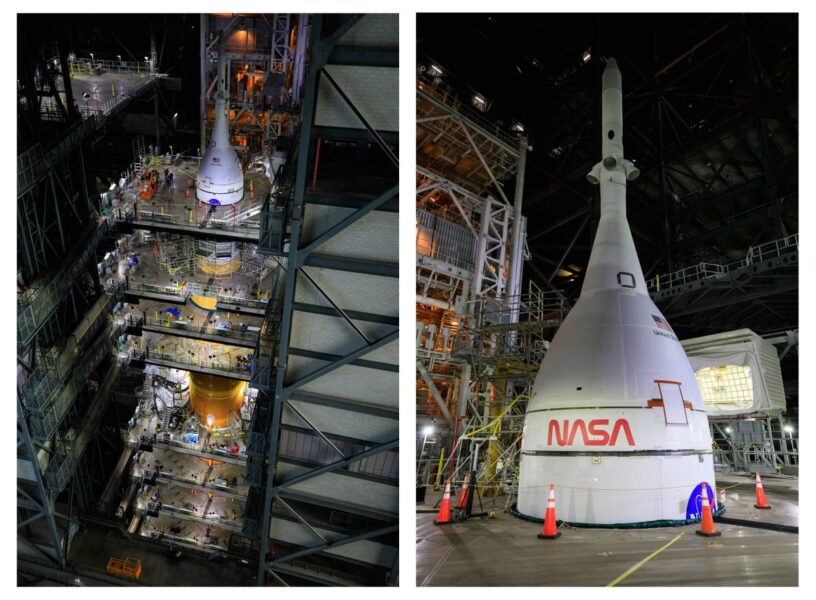
NASA / Kim Shiflett
The uncrewed Artemis 1 mission will launch on the inaugural flight of the SLS rocket for a trip around the Moon, coming up soon. (The actual launch date will be decided after the vehicle rollout on March 17th.) The Artemis initiative's first landing on the Moon (also uncrewed), near the lunar south pole region, is set for 2025.
The ANGSA project provides a great scientific and generational connection between the last Apollo mission and the Artemis initiative.
 0
0









Comments
You must be logged in to post a comment.